I have a problem similar to the following problem:

It is a MISOCP problem and I need to solve it with Rmosek.
The mosek optimization library contains 3 types of convex cones: The R-cone, the quadratic cone and the rotated quadratic cone (refer to http://r-forge.r-project.org/scm/viewvc.php/checkout/pkg/inst/doc/userguide.pdf?root=rmosek (pp 33-34))
I can not transfor my problem to any of these models! I defined some new variables $u_1, u_2, w$ such that $u_1=4x_1, u_2=5x_2, u_1 \geq 0, u_2 \geq 0$ and $w=\sqrt{u_1^2+u_2^2}$. But I do not know how to reformulate the last constraint as one of the above mentioned cones....
I appreciate it if you have any idea